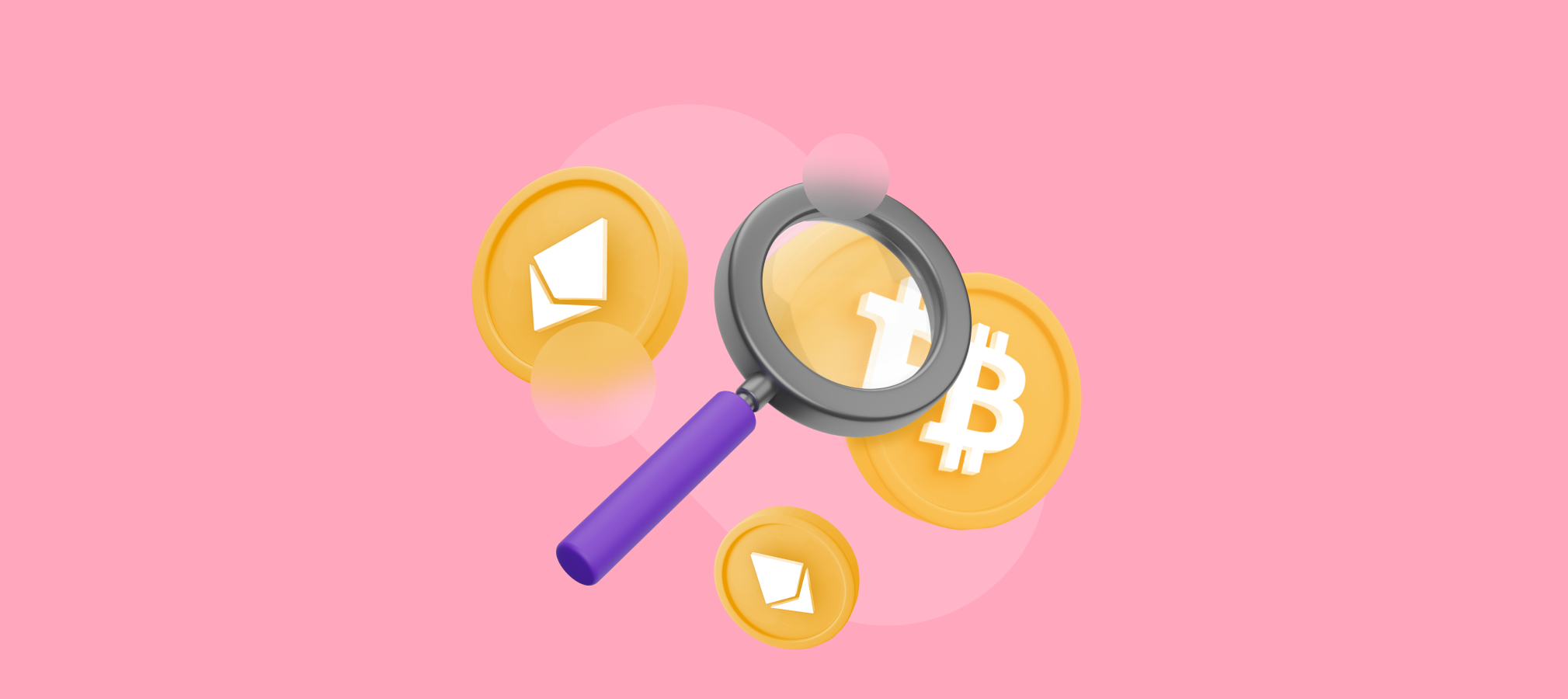Proof of Reserves Explained

This blog post will cover:
- What is Proof of Reserves?
- How does Proof of Reserves work?
- How did the crypto community react?
- What limitations does PoR have?
The Crypto World still has not fully recovered after the rapid and unexpected demise of FTX as seen from the news concerning it which still appears pretty much daily. The lack of accountability and transparency that caused billions of dollars in losses was shocking, but it was not the first time something like that happened: we have witnessed a similar story with Quadriga CX, for example.
In light of these events, many crypto-related companies and projects are searching for ways to prevent anything similar from happening in the future. Currently, Proof of Reserves (PoR) is the main contender. In this article, we are going to see what it is and how it works.
What is Proof of Reserves?
The idea behind PoR concept is quite simple: it is essentially an audit carried out by an independent party that checks the balance sheet of a centralized exchange to make sure that it actually holds the tokens it claims. This can prevent situations when customers’ assets are moved without their knowledge. What is more, this will give users a guarantee that their tokens are safe and are not going to disappear suddenly.
Stablecoin issuer Paxos has a similar system in place with a blockchain analytics company Chainlink that checks and verifies that the tokens are fully backed by US dollars or gold.
How does Proof of Reserves work?
In order to check the reserves, the auditor arranges anonymized data from an exchange using the Merkle tree (or hash tree) system. The information that is categorized in this way (all client balances) is grouped into independent branches that are connected to a single root - it identifies the combination of all assets and liabilities at the time of the audit. Individual accounts can still be recognized because of their unique signatures.
Then it is possible to compare the digital signatures and the Merkle tree records to see if the data matches.
Since trying to manipulate the information concerning the individual balances causes a significant shift in the structure, it is easy to recognize it on the Merkle tree.
How did the crypto community react?
Binance’s CEO Changpeng Zhao was among the first people to declare the necessity of PoR, however, the company took a while to publish it. Currently, the exchange publishes the reports once a month.
Some other crypto exchanges have also released their proof-of-reserves (for example, Gate.io, Kraken, etc.)
When it comes to experts, while some of them believe that scammers still will be able to trick the system, the consensus opinion is that PoR can bring more transparency and this is at the very least, a step in the right direction.
What limitations does PoR have?
Despite the numerous advantages of the system, there are still limitations that might seem concerning.
First of all, Merkle trees show information at a particular moment, meaning that it is possible to borrow the assets from another entity beforehand, and then move them back after the audit is finished.
Secondly, if an exchange releases PoR without the liabilities, or fakes them, the whole procedure makes little sense, and can even create a false sense of security.
In conclusion, FTX-related events understandably caused turbulence in the Crypto World, and now mechanisms ensuring that these events will not repeat in the future are vital. Proof of Reserves, while not a perfect system, is still a great starting point that will lead to more accountability and safety of users’ crypto assets.

